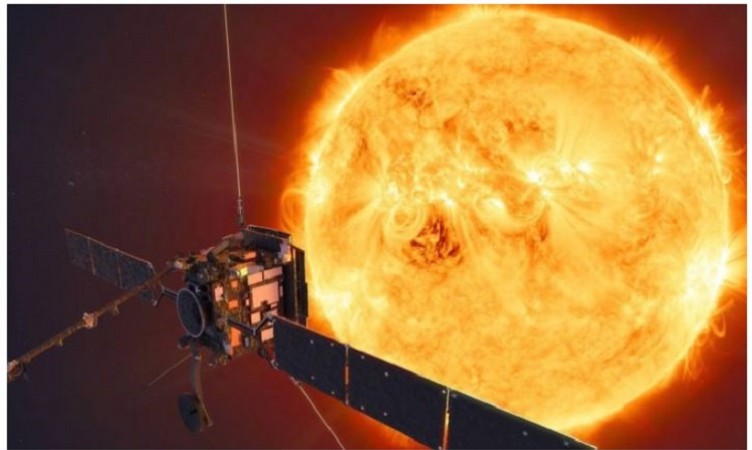
ISRO's Aditya L1 mission is now in the process of acquiring and transmitting valuable scientific data. This groundbreaking endeavor involves the utilization of cutting-edge instruments aboard India's maiden heliophysics observatory, Aditya L1. These instruments have commenced the transmission of data collected from the proximity of our planet, amassed during the initial Earthbound phase of this mission. The inaugural data stream emanates from the Supra Thermal and Energetic Particle Spectrometer (STEPS), a vital component of the Aditya Solar Wind Particle EXperiment (ASPEX) payload. The primary objective is the investigation of high-energy particles emanating from the Sun.
These critical observations furnish scientists with deeper insights into the surrounding space environment of our world. The STEPS instrument, consisting of six functional sensors, is operating optimally. The graphical representation encapsulates the dynamic fluctuations in the energetic particle milieu within the planet's magnetosphere.
The STEPS instrument was activated on September 10, 2023, positioned at a distance of 50,000 kilometers from Earth, surpassing the Earth's radiation belt. On the same day, the spacecraft conducted the third of four Earthbound maneuvers, aimed at extending its orbit and elevating its altitude through cost-efficient powered flybys. Post-initial health assessments, the instrument continued its data-gathering activities as the spacecraft distanced itself from Earth.
ISRO has affirmed that the STEPS instrument will persist in its data collection role during the mission's cruise phase, en route to its designated orbit in the vicinity of the first Lagrange point in the Sun-Earth system (L1). This Lagrange point, characterized by gravitational stability, lies in a region where the gravitational forces of Earth and the Sun balance harmoniously. This equilibrium enables the spacecraft to maintain its position with minimal fuel consumption. From this strategic vantage point, Aditya L1 will enjoy an uninterrupted view of the Sun, free from the hindrance of occultations or eclipses.
As the spacecraft embarks on its final orbit around Earth, it is set to bid adieu to the planet's proximity forever, with a planned burn scheduled for the early morning hours of September 19, 2023.
Aditya-L1 Solar Mission Captures Stunning Earth and Moon Images
India's Aditya-L1 Solar Mission Marks a Milestone in Space Exploration